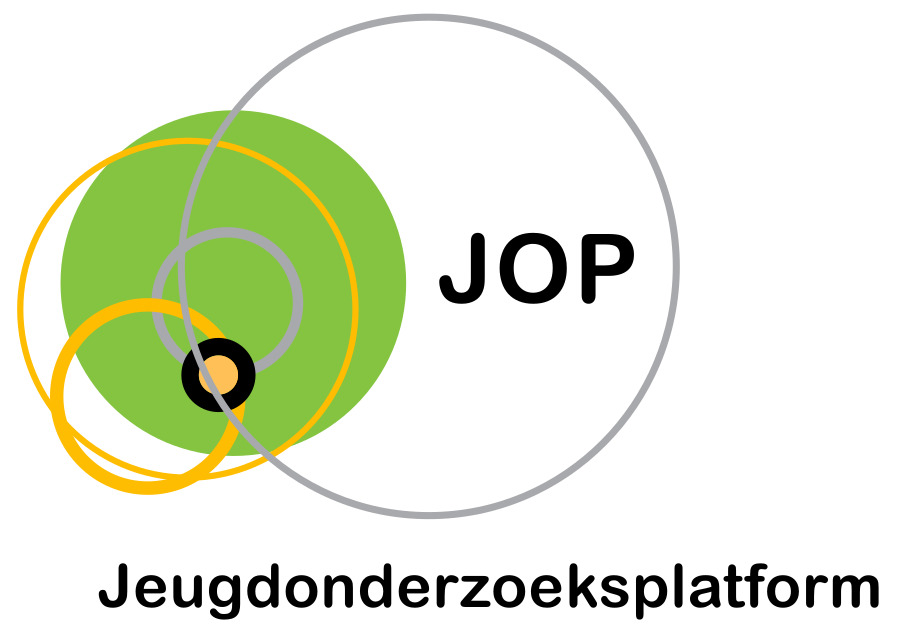Exploring the gateway hypothesis of e-cigarettes and tobacco: a prospective replication study among adolescents in the Netherlands and Flanders.
Auteurs
Martinelli, T., Candel, M. J., de Vries, H., Talhout, R., Knapen, V., van Schayck, C. P., & Nagelhout, G. E. (2023)

Abstract
Background Studies demonstrated that adolescent e-cigarette use is associated with subsequent tobacco smoking, commonly referred to as the gateway effect. However, most studies only investigated gateways from e-cigarettes to tobacco smoking. This study replicates a cornerstone study revealing a positive association between both adolescent e-cigarette use and subsequent tobacco use; and tobacco and subsequent e-cigarette use in the Netherlands and Flanders. Design The longitudinal design included baseline (n=2839) and 6-month (n=1276) and 12-month (n=1025) follow-up surveys among a school-based cohort (mean age: 13.62). Ten high schools were recruited as a convenience sample. The analyses involved (1) associations of baseline e-cigarette use and subsequent tobacco smoking among never smokers; (2) associations of e-cigarette use frequency at baseline and tobacco smoking frequency at follow-up; and (3) the association of baseline tobacco smoking and subsequent e-cigarette use among non-users of e-cigarettes. Findings Consistent with prior findings, baseline ecigarette use was associated with higher odds of tobacco smoking at 6-month and 12-month followups. More frequent use of e-cigarettes at baseline was associated with more frequent smoking at followups. Baseline tobacco smoking was associated with subsequent e-cigarette use (at both followups). Conclusion Our study replicated the positive relation between e-cigarette use and tobacco smoking in both directions for adolescents. This may mean that the gateway works in two directions, that e-cigarette and tobacco use share common risk factors, or that both mechanisms apply.
Achtergrond Studies toonden aan dat het gebruik van e-sigaretten door adolescenten in verband wordt gebracht met het roken van tabak, ook wel het gateway-effect genoemd. De meeste studies onderzochten echter enkel het gateway-effect van e-sigaretten naar het roken van tabak. Deze studie repliceert een studie die een positieve associatie tussen zowel e-sigaretgebruik en daaropvolgend tabakgebruik, als tabakgebruik en daaropvolgend e-sigaretgebruik bij adolescenten in Nederland en Vlaanderen aantoonde. Design Het longitudinaal design omvat een nulmeting (N = 2839), 6- maandenmeting (N = 1276) en 12-maandenmeting (N = 1025) bij een schoolsample (gemiddelde leeftijd: 13.62). Tien middelbare scholen werden gerekruteerd als convenience sample. De analyses hadden betrekking op de (1) associatie tussen de frequentie van e-sigaretgebruik bij de nulmeting en later roken van tabak bij de niet-rokers bij de nulmeting; (2) associatie tussen e-sigaretgebruik bij de nulmeting en frequentie van tabakgebruik bij de follow-up; en (3) associatie tussen tabakgebruik bij de nulmeting en later e-sigaretgebruik bij niet-gebruikers van e-sigaretten bij de nulmeting. Conclusie In overeenstemming met eerdere bevindingen was e-sigaretgebruik bij de nulmeting geassocieerd met een hogere kans op tabakgebruik na 6 en 12 maanden. Frequenter gebruik van e-sigaretten bij de nulmeting hing samen met vaker roken bij de follow-ups. Roken van tabak bij de nulmeting was eveneens geassocieerd met gebruik van e-sigaretten na 6 en 12 maanden. Conclusie Deze studie vond opnieuw een positieve relatie tussen e-sigaretgebruik en tabakgebruik bij adolescenten en dit in beide richtingen. Met andere woorden werkt het gateway-effect in twee richtingen, hebben e-sigaret- en tabakgebruik gemeenschappelijke risicofactoren, of zijn beide verklaringen van toepassing.
Referentie
Martinelli, T., Candel, M. J., de Vries, H., Talhout, R., Knapen, V., van Schayck, C. P., & Nagelhout, G. E. (2023). Exploring the gateway hypothesis of e-cigarettes and tobacco: a prospective replication study among adolescents in the Netherlands and Flanders. Tobacco control, 32(2), 170-178.
Taal
Engels
Publicatievorm
Tijdschriftartikel
ISBN – DOI
10.1136/tobaccocontrol-2021-056528
